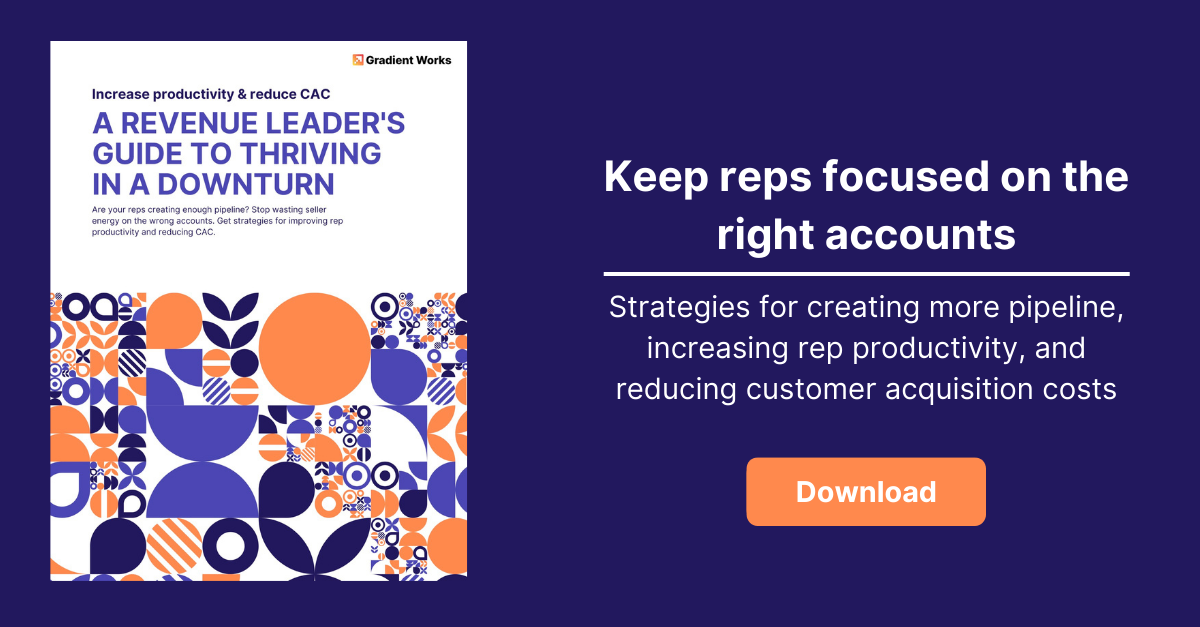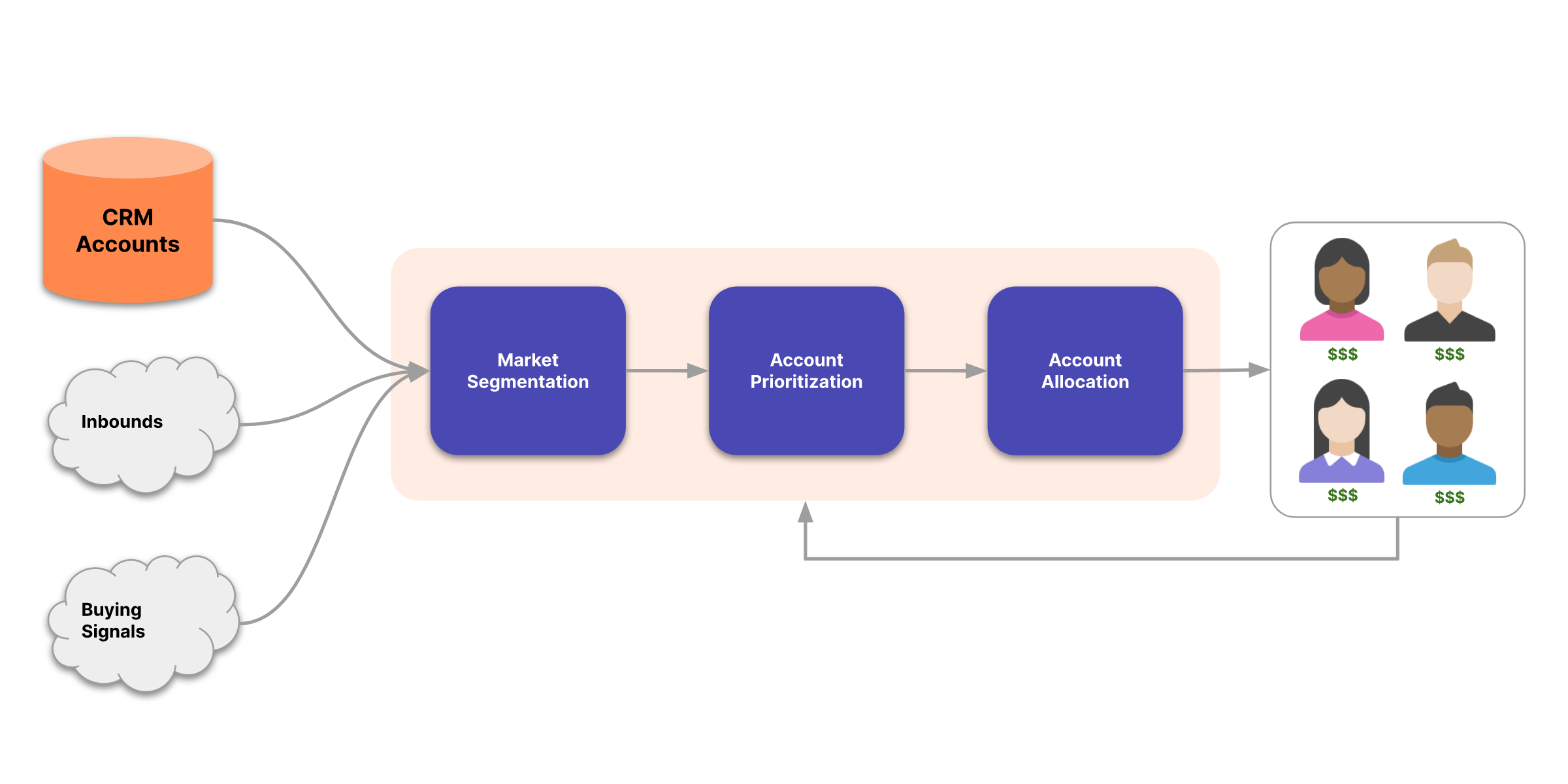Let’s talk about pools vs. pods models on sales teams.
Our head of growth, Lily Youn, has been an SDR, an SDR Director, and a Director of Sales. She's seen pools and pods, built from both top-down models and bottom-up models. She's seen it all, basically. So we asked her what she thinks about implementing pools vs pods models on her sales team.
What are the major differences between pools and pods?
Some companies adopt a sales pod model where BDRs and AEs work together in a small team. Each BDR->AE sales pod works a specific territory. One BDR qualifies leads from that territory and then hands them off to their partner AE.
In this case, a BDR may always be handing off to the same AE, which makes the assignment process pretty simple. The pod model is usually associated with a geographic territory model (or other simple static territory design). It can be a good way to drive teamwork and camaraderie between BDRs and AEs, but is limited in many other ways, which we’ll discuss shortly.
Other companies adopt a pool model, where there’s a group of SDRs and a group of AEs, and qualified leads are handed off to the next available AE, usually with some kind of round robin assignment process.
You see pods and pools in a lot of other real-life scenarios, but one of our favorites is at the grocery store.
You can either have pods, where customers choose a specific checkout line and queue up in that line. There’s only one cashier running the register in each line so if there’s any kind of delay, your line could take longer than the others. This is typically how most cashier-run checkout lines work.
On the other hand, most self-checkout systems use a pool model. All customers form a single line that feeds into a group (or pool) of registers. As a new register becomes available, the next person in line steps up and checks out. If that transaction takes a while, the next person in line just goes to the next free machine. The overall throughput of the system is no longer bounded by the slowest register but by the fastest.
Which is better - pools or pods?
Generally, our preferred model is a pool of SDRs and a pool of AEs (instead of SDR->AE pods).
A pool is a much more efficient way to process anything: whether it’s grocery shoppers or B2B SaaS prospects. In a sales context, allocating a pool of prospects to a pool of reps ensures that, over time, you’re maximizing throughput and equalizing opportunity per rep. If every rep has the equivalent opportunity, comp plans and rep career progression path become simpler.
The good news is that many sales teams already do a variation of this approach using some form of round-robin assignment within their processes. The bad news is it’s often limited to a small part of the business (e.g. lead routing to SDRs) while the rest of the org uses more antiquated approaches.
Here's an example.
Let's say we have AE Chloe Closer, who has an annual quota of $360,000 ARR. Her historical win rate is 10% from demo to close and company ACV is $20,000 ARR. Chloe Closer needs about 18 closes to hit her annual quota of $360,000.
In a sales pod model, SDR Daniel Dialer needs to support Chloe with at least 180 meetings a year, which is 15 meetings each month. In a pool model, Chloe Closer needs 15 meetings from the SDR pool.
What are the pros and cons for Chloe and Daniel, their managers, and the company as a whole?
Pods
- Pro: Closer collaboration can lead to better results
- Con: SDR tenure is short, and churn can disrupt AE pipeline
- Con: Personality conflicts have a larger impact
- Con: Pinpointing coaching opportunities can be more difficult
Pools
- Pro: SDR churn has a lesser impact on AE pipeline
- Con: AEs may receive poor-fit leads from round-robin
- Pro: Performance easier to analyze to identify coaching opportunities
- Pro: Overall results will be higher
Because pools tend to smooth out any individual issues and achieve better system-wide results, we favor a pool model. What kind of model does your company use?





